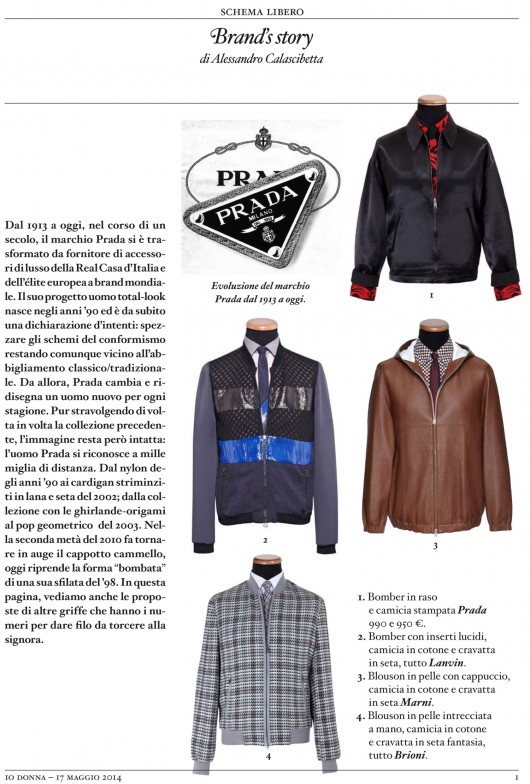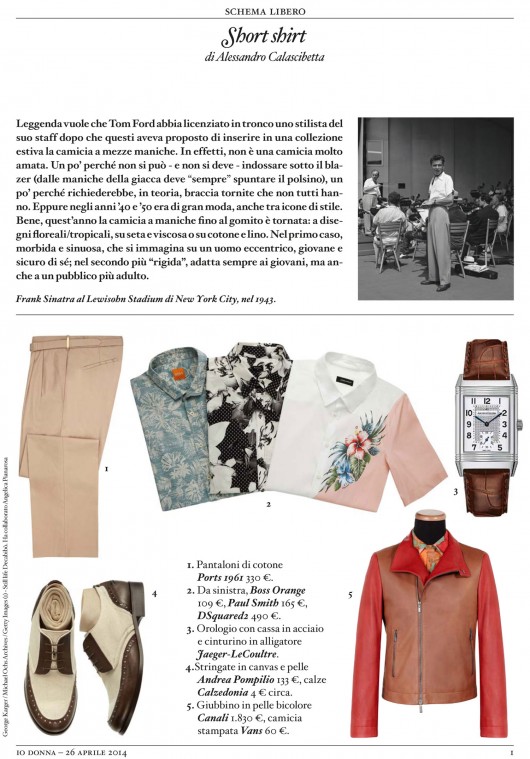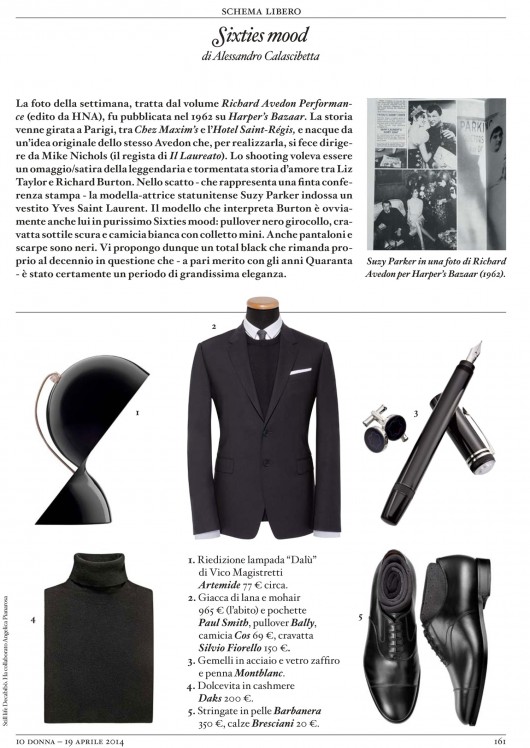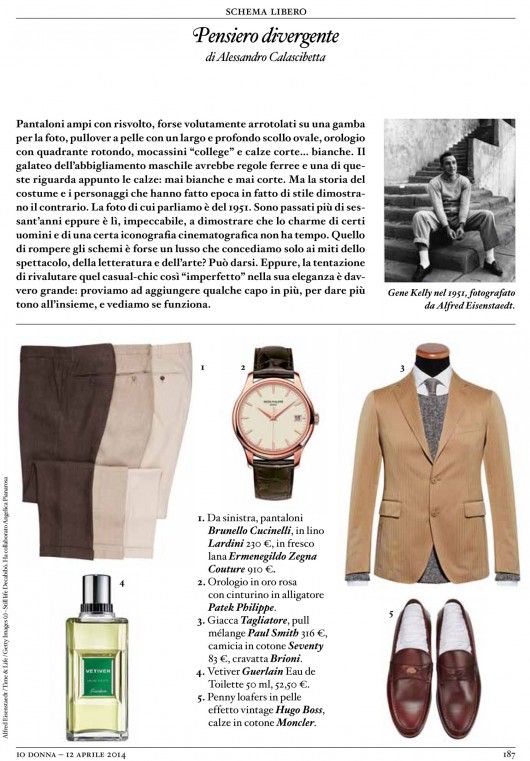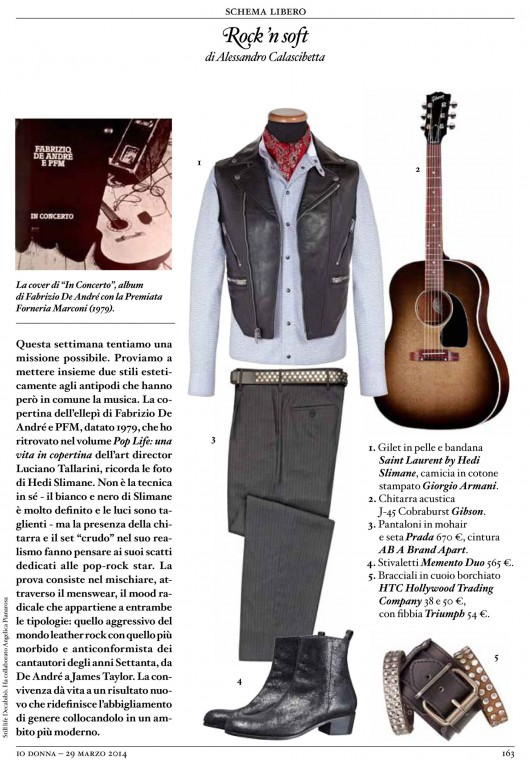SCHEMA LIBERO BRAND’S STORY
From 1913 till today, during last century, the brand Prada has been changed from the supplier of luxury accessories of the italian royal court and the european elite to a worldwide icon. Its menswear’s total-look project was born in the 90s and it is a declaration of intent from the start: breaking the rules of conformism staying true to a classic/traditional clothing at the same time. From then on, Prada keeps on changing and designs a new man every season. Even if it overturns the previous collection everytime, the concept remains intact: the Prada man is recognisable from miles away. From nylon clothes of the 90s to skimpy cardigans made of silk and wool of 2002; from the collection with origami-garlands to geometrical pop of 2003. In the second part of the 2010s there’s a return of the camelhair coat, today there’s a return of a “rounded” shape of a ’98 show. In this page, there are looks of other brands that can give a hard time to Mrs. Prada.





